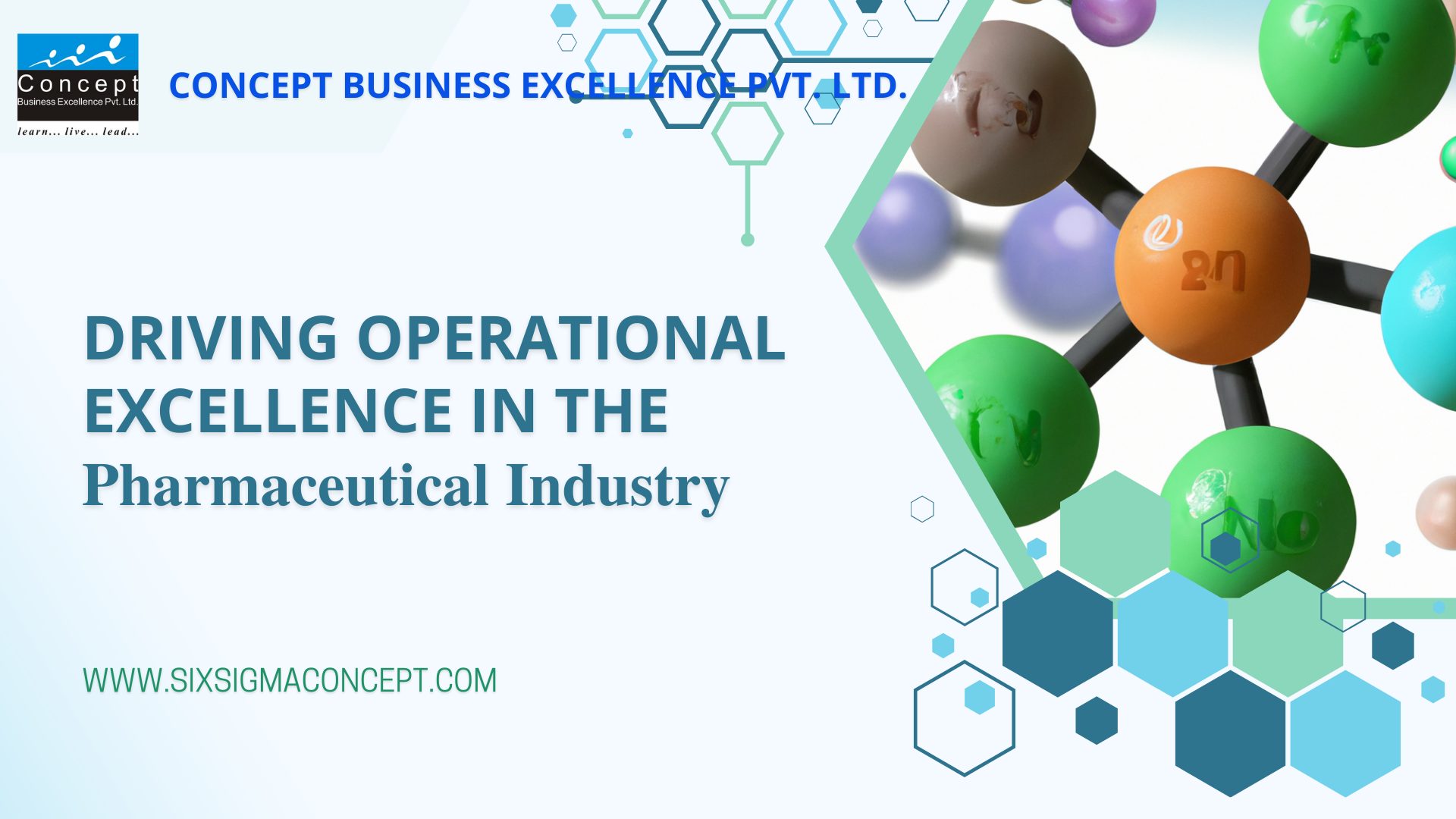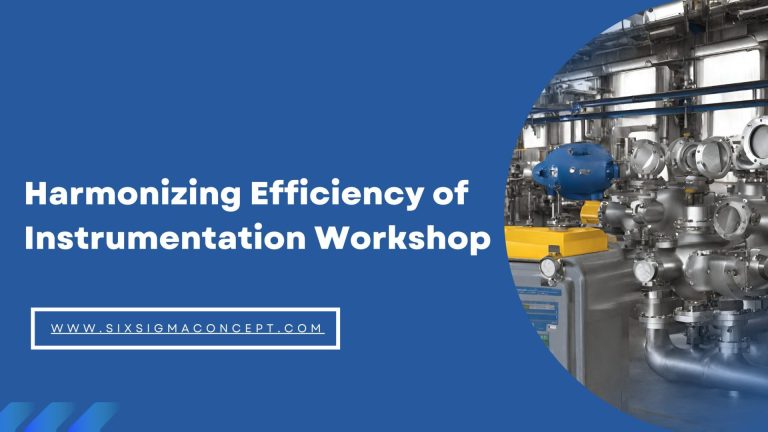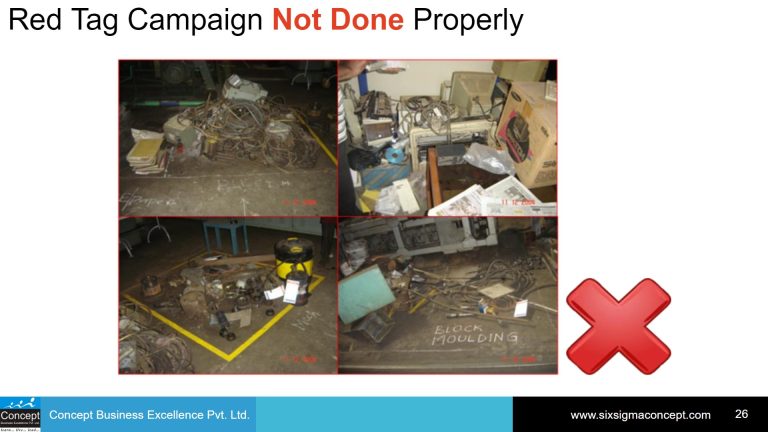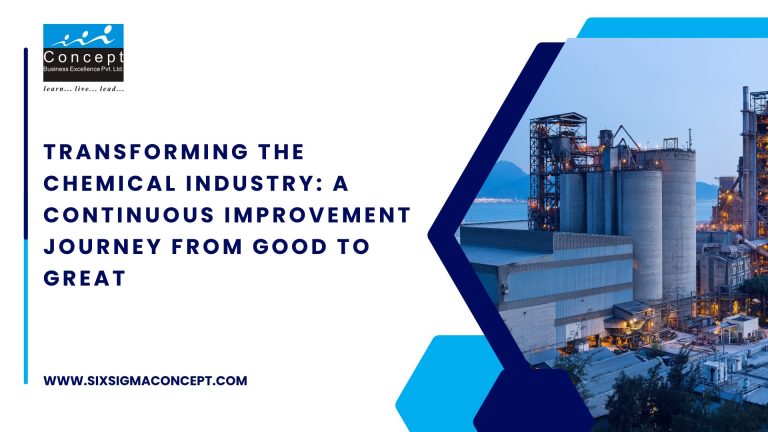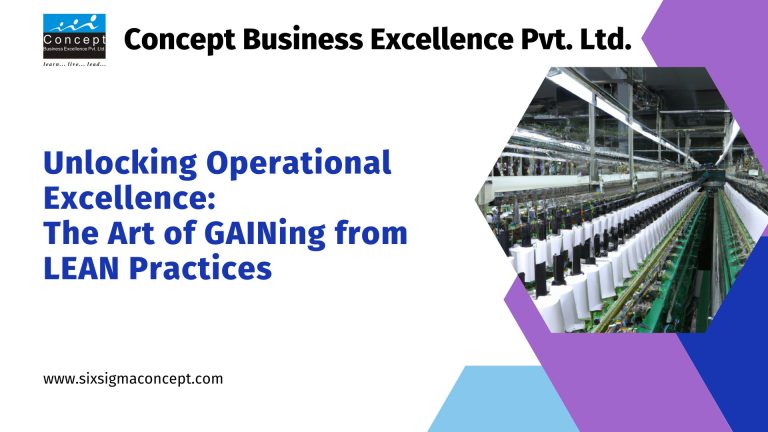Driving Operational Excellence in the 𝐏𝐡𝐚𝐫𝐦𝐚𝐜𝐞𝐮𝐭𝐢𝐜𝐚𝐥 𝐈𝐧𝐝𝐮𝐬𝐭𝐫𝐲
Introduction
The pharmaceutical industry operates under intense pressure: rigorous regulations, stringent quality control, and the constant need for innovation. In this environment, even small improvements in efficiency and quality can have a significant impact. This case study showcases the impressive results achieved by a pharmaceutical company through continuous improvement initiatives, highlighting the potential for significant gains across various aspects of the production process.
Challenges
Our client, a major player in the pharmaceutical sector, confronted multifaceted challenges ranging from prolonged testing and manufacturing times to excessive resource consumption and customer complaints. The imperative for operational excellence was evident, driving the company to embark on a transformative journey.
Solution
Embracing a comprehensive approach to improvement, our client integrated a suite of methodologies tailored to address specific pain points and drive sustainable change. We have launched a customized Operational Excellence program at our client’s place by adopting the Top-down and Bottom-up Improvement methodology.
5S Implementation
The journey commenced with the adoption of 5S principles, fostering a culture of cleanliness, organization, and efficiency throughout the production facilities. Workspaces were decluttered, layouts optimized, and standard operating procedures were established to streamline operations.
Kaizen Events
Continuous improvement became ingrained in the organizational culture through regular Kaizen events. Leveraging the collective wisdom of cross-functional teams, over 400 Kaizens were implemented, resulting in incremental enhancements across processes, equipment, and workflows.
Six Sigma Methodology
To combat variability and defects in manufacturing processes, Six Sigma methodologies were employed. Through rigorous DMAIC cycles, root causes of inefficiency were identified and addressed, leading to substantial reductions in testing time, setup time, and defect rates.
Daily Work Management System
Driving operational excellence necessitated a commitment to daily management practices. Daily huddles, gemba walks, and performance metrics tracking became integral, facilitating real-time problem-solving, and fostering a culture of accountability and continuous improvement.
Kanban System
To optimize inventory management and production flow, a Kanban system was introduced. Visualizing workflow and implementing pull-based replenishment systems enabled the company to reduce manufacturing times and minimize finished goods hold, enhancing agility and responsiveness.
Key Results After Implementation
- Reduced testing time: In one of the key products a 70% reduction in testing time, while another product enjoyed a 27% decrease in manufacturing time. This translates to faster product delivery and increased production capacity.
- Enhanced resource efficiency: Briquette consumption in the thermic fluid heater dropped by 18%, demonstrating a commitment to sustainable practices and cost reduction.
- Improved inventory management: Finished goods hold time saw a remarkable 50% reduction, freeing up valuable storage space and optimizing inventory flow.
- Streamlined operations: Setup time for one of the key Machines decreased by 33%, leading to shorter production cycles and improved responsiveness to demand fluctuations.
- Minimized quality issues: Sleeving rejection rates plummeted by 60%, and customer complaints dropped by 56%, highlighting the positive impact on product quality and customer satisfaction.
- Accelerated regulatory compliance: Batch Manufacturing Record (BMR) closure days were reduced by 60%, demonstrating a streamlined approach to regulatory compliance, potentially saving time and resources.
- Culture of innovation: The implementation of over 400 Kaizen initiatives suggests a strong focus on continuous improvement and employee engagement.
- Enhanced color consistency: A 28% reduction in defective batches of one of the crucial products regarding color description indicates a significant improvement in color consistency, ensuring product quality and visual appeal.
Impact & Key Learnings
These results showcase the power of continuous improvement in the pharmaceutical industry. By focusing on optimizing processes, reducing waste, and fostering a culture of innovation, companies can achieve significant benefits in terms of:
- Efficiency: Faster production, reduced lead times, and optimized resource utilization.
- Quality: Improved product consistency, reduced defects, and enhanced customer satisfaction.
- Regulatory compliance: Streamlined processes and faster BMR closure.
- Cost savings: Reduced waste, optimized inventory, and improved resource allocation.
Conclusion
Through the strategic application of improvement methodologies including 5S, Kaizen, Six Sigma, Kanban, and Daily Management, our client achieved significant improvements across critical metrics, ranging from testing and manufacturing times to defect rates and customer satisfaction. This case study exemplifies the transformative power of operational excellence initiatives in driving sustainable change and positioning pharmaceutical companies for long-term success in an ever-evolving landscape.
Are you ready to embark on your journey towards operational excellence? Let’s collaborate to unlock your organization’s full potential and drive lasting transformation.
